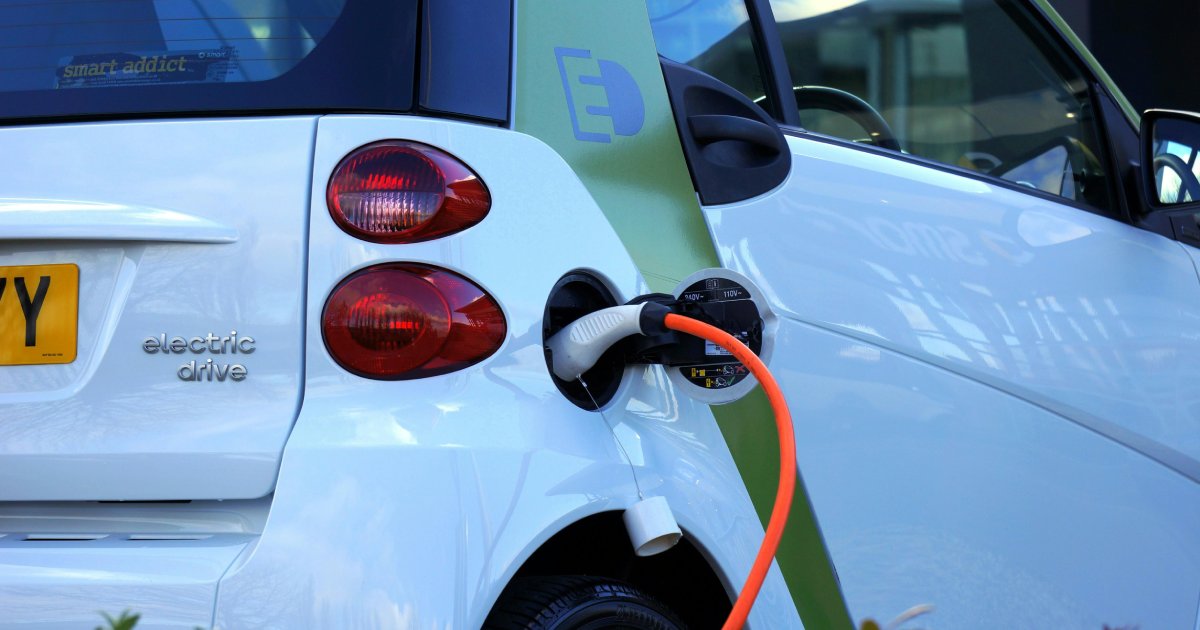EV Chargers Plug into Retail Brands

By Mark Seavy
As electric vehicle (EV) chargers increasingly become a fixture in consumers’ lives, they’re being positioned as a means for extending retail brands beyond stores and into the parking lot.
Electric vehicle sales grew 25% in 2024 to top 17 million globally, according to the International Energy Agency (IEA). Data from the IEA shows that the electric car fleet reached almost 58 million at the end of 2024, more than triple the total electric car fleet recorded in 2021.
China and the U.S. represent two major markets for electric vehicles. Almost half of China’s car sales were electric last year, according to IEA. And recent research shows that more than 3.5 million electric vehicles were on U.S. roads as of September. This significant growth also means increased demand for charging stations.
In the U.S., for example, there are 80,940 charging stations with 248,313 charging ports, numbers that have increased 16% and 27%, respectively, since the start of the year. That number is expected to jump to 42.2 million ports in the U.S. alone to support 78.5 million vehicles by 2035, an increase that is likely to fuel branding strategies.
This is important because few charging infrastructures, many of which are located in grocery and convenience store parking lots, have been designed with retailers in mind. And even where charging stations are installed near stores, they typically carry the names of third-party suppliers.
Whether retail branding takes hold and replaces third-party labels remains to be seen. But Seattle-based Electric Era and handful of other suppliers are preparing plans to offer potential licensing opportunities to extend retail experiences, including loyalty programs, advertising, and point of sale to the kiosks. The charging times align—30 minutes in many cases—with the length of a typical grocery run, which could open a means for attracting new customers, EV industry executives said.
Electric Era demonstrated its plans for the retail brand extensions this month, starting with the GroceryShop show in Las Vegas, NV. The Electric Era promotions will culminate with the unveiling on October 15 of an energy management system that provides electricity from the grid and the battery simultaneously. The technology is designed, among other things, to enable charging infrastructure in regions faced with utility constraints such as rural areas that are frequently home to dollar and convenience stores.
Among its new installations, Electric Era and network provider Skycharger are opening a battery energy store system designed to deliver 200 kilowatts of power—enough to charge eight vehicles at the same time. The fast-charging facility, located at a Valero gas station in Chula Vista, CA, is part of a plan for installing additional stations along the West Coast with a focus on California, which is first in the U.S. with 19,584 chargers and 69,408 ports.
Meanwhile, the DC-based fast-charging network Ionna, a joint venture of eight automakers including Honda, Hyundai, and General Motors, recently launched 10 public charging stalls at a 400-kilowatt Rechargery Relay Station in Vista, CA.
“We still have to work and push prices down on the vehicle, bring more of them to market, and charging is a critical part of that,” Andrew Cornelia, CEO at Mercedes-Benz High-Power Charging said at a recent Newsweek “Power Ahead” conference in New York. “We need to focus on more charging, higher quality charging, and better performance around infrastructure” if retail branding is to take hold in the market.
Improving the infrastructure will be key given that successful branding will hinge on good performance at the charging stations. The gains that are needed are made clear given that only 5% (320) of the ChargePoints network of more than 25,000 chargers are DC Fast Chargers that deliver 150 miles of range in a matter of minutes. Most of the installations feature Level 2 chargers, which take nearly six hours to provide the same charge.
“Fundamentally for drivers buying an EV, they need better infrastructure that works every time they plug in,” said Kyler Schmitz, Chief Revenue Officer at Electric Era.
Once that threshold has been met, brands will be able to take advantage of not only the positive associations consumers have with effective charging of their electric vehicles, but also of consumers’ time spent at changing stations.




